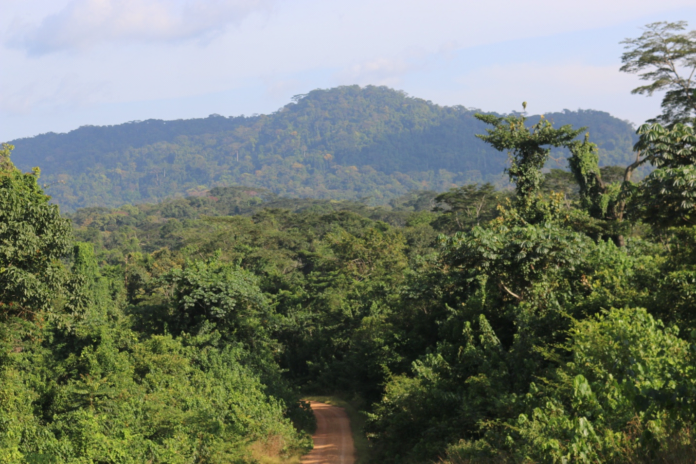Top: Eva Kpandah, Palama Clan’s community land and development committee chairperson. The DayLight/Harry Browne
By Esau J. Farr
SALAYEA TOWN, Lofa County – In 2019, the Sehyi Clan in Sanniquellie-Mahn District, Nimba County began the legal process of acquiring a customary land deed. Sehyi’s community land development and management committee spearheads that process.
Another clan group has exercised similar functions over Sehyi’s forest since 2017. The Sehyi Ko-doo Community Forest’s community forest management body comanages the 1,538-hectare forest alongside the Forestry Development Authority (FDA).
There is a problem, though. The forest leadership does not have a good relationship with its land counterpart. Like several communities, they are at loggerheads, with mounting calls for a national conversation to resolve these disputes.
But things are different in the Salayea District of Lofa County over 200 miles away. There, three—not two—community land and forest bodies, peacefully coexist and solve some of the district’s problems.
Since 2009, the district has had a community forest development committee, representing locals’ interests in a large-scale logging concession.
In 2016, the Salayea Community Forest was established, with a community leadership to co-manage the forest.
Then in 2019, Palama, a clan that hosts a portion of the Salayea Community Forest, established a governance structure to help develop and manage its land.
“If we don’t merge and work together, things will not work well for us,” says Yassah Mulbah, the chief officer of the Salayea Community Forest.
“We are working together as a team for a goal to protect the forest, to take it from illegal activities for the community’s development,” adds Eva Kpandah, the chairperson of Palama Clan’s land committee.
All three of the district’s bodies combat community challenges, including land conflicts and illegal mining activities.
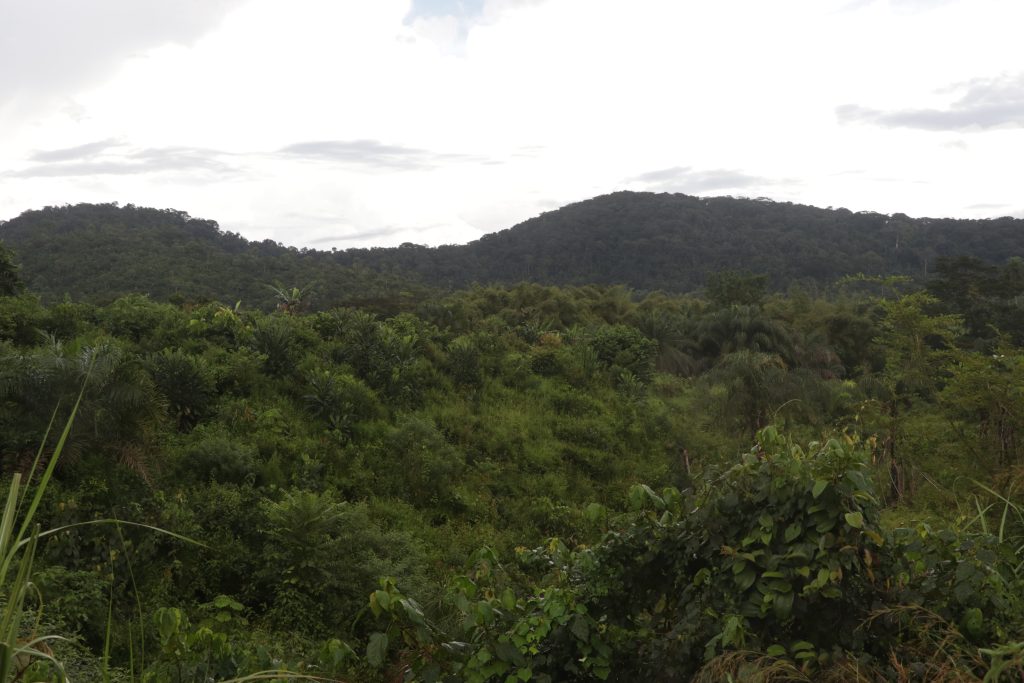
In May, Kpandah tipped off Mulbah when she spotted miners entering the forest. Kpandah and Tokpah Koiwu supported Mulbah in filing a lawsuit against the miners. Koiwu is a member of Salayea District’s committee regarding the district’s large-scale logging concession.
In another instance, Mulbah and Koiwu are supporting Kpandah in Palama’s boundary dispute with Gbarlain, a neighboring clan.
‘Not invited’
In Sehyi, the stakes are even higher. Like Salayea, its forest and those of its neighbors Zor, Gba and Blei are all adjacent to the East Nimba Nature Reserve. The four communities run conservation programs that help protect the reserve’s endangered and endemic species, including chimpanzees and the Nimba toad. However, confusion among community leaders undermines livelihood programs that benefit locals and keep the forest standing.
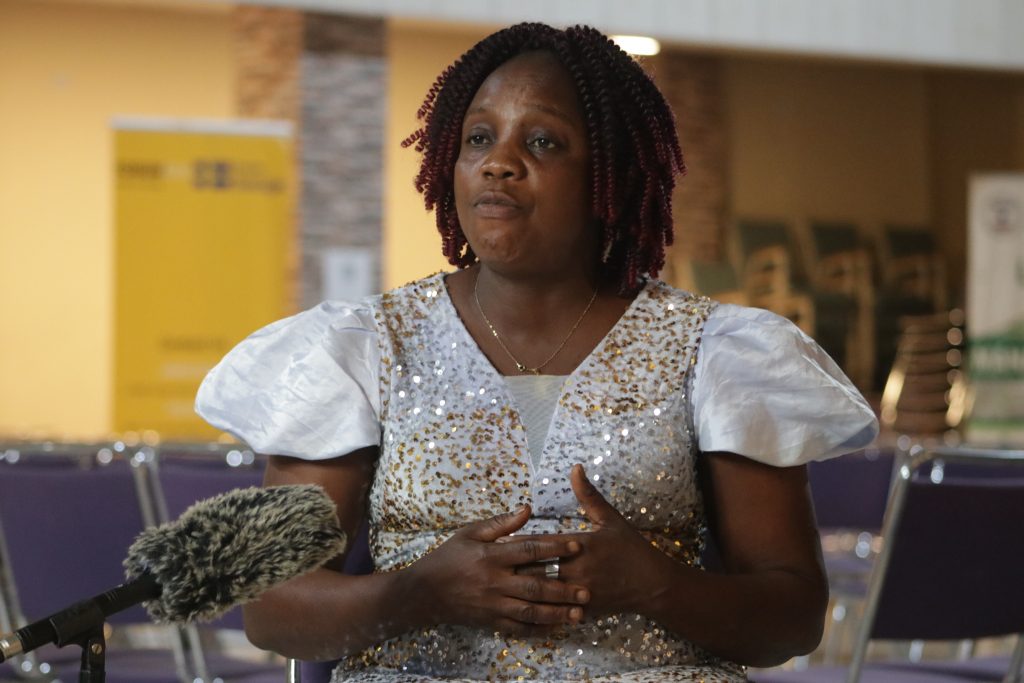
“The [community forest] leadership said… they can’t accept to collaborate with us,” says Peter Dolo, Sehyi’s land leadership. “When they are having meetings, [we are] not invited.”
Ericson Flomo, the leader of Sehyi’s forest leadership, denies that accusation. “They have not called us in any of their meetings,” Flomo says. He claims he is the one who has invited Dolo to several meetings.
Dolo refutes Flomo’s comments, saying he has attended Flomo’s meetings as a townsperson, not the land leader.
This crisis has rocked communities outside of Nimba. In River Cess, the leaders of Gbarsaw and Dorbor Community Forest have refused to recognize land leaders of the clan. “They are only there to take care of the land after the loggers have left. They have no authority over the forest,” James Gbordoe, the forest leader of Gbarsaw and Dorbor, said in 2021. “When the logs have been cut from there, they will have the whole land to take care of.”
The intensity of the crisis was displayed at a workshop in Ganta last month. Things got so heated that Silas Siakor, the Country Manager of Dutch NGO IDH, who helped organize the event, had to suspend the topic after a discord of claims and counterclaims from participants. The event was being held to gauge communities’ views on what they would need to manage their forest sustainably.
‘Forerunner’
Campaigners foretold this result. A few months after the passage of the Land Rights Act in 2018, the Margibi-based NGO Sustainable Development Institute published a report, predicting the power struggle.
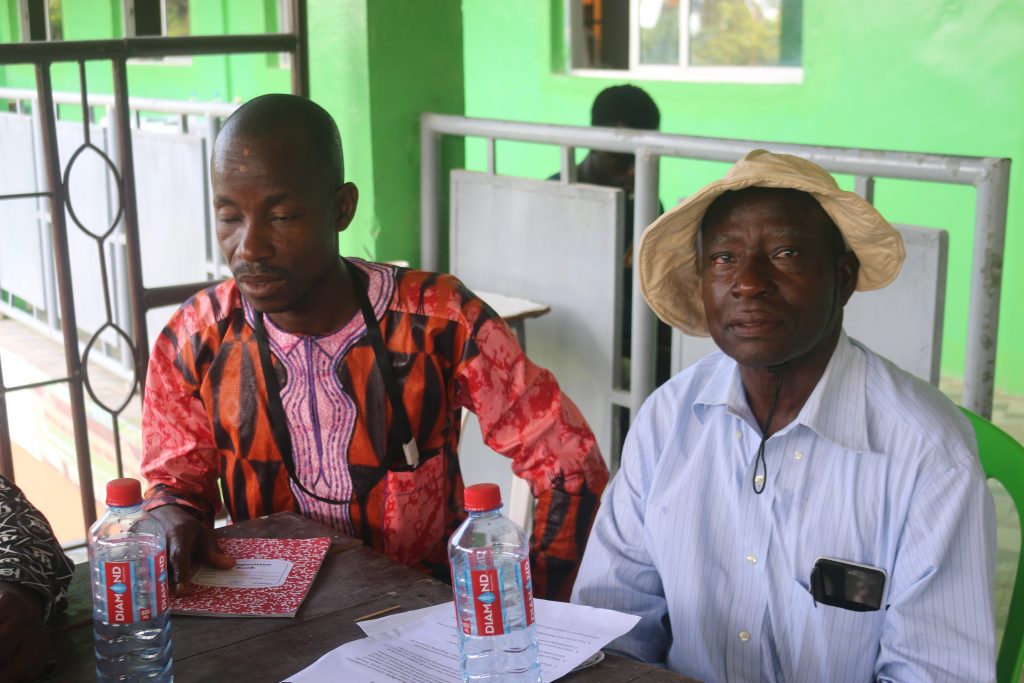
The report argues that “conflicting provisions” in the law, which created the community land leadership, and Community Rights Law…, which established the forest leadership, would escalate tension.
“Our thinking is the crisis will increase because part of the reasons the law was crafted was to address issues of rural marginalization in respect to managing resources in the country but also conflicting, overlapping rights,” Ali Kaba, the then-head of SDI’s community land protection program, said at the time.
“It is a good law. However, there are loopholes, there are gaps and there are contradictions,” added Kaba, who is now a Commissioner at the Liberia Land Authority.
Speaking in 2021 at a conservation event in Monrovia, Cllr. Negbalee Warner, a senior partner at Heritage Partners and Associates (HPA) and one of the laws’ crafters, somehow acknowledged the “overlap” SDI spoke of.
“If there is anything, it is that the provisions of the two laws are in some instances [overlapped], although an argument can be made that the more appropriate term will be ‘reinforcing,’” said Warner. “The [land leadership] is therefore superior to all the structures established by the [Community Rights Law].”
‘Confusion will do nothing’
Bonathan Walaka, the lead facilitator of the National Union of Community Forest Management Body, says that understanding the roles and responsibilities of the two groups is crucial for progress.
The union intends to hold a forum with national stakeholders of the sectors to help ease the tension between community leaders. “The [forest leadership] should know that those who own the land are the community [people] and that they are only managing the forest,” Walaka says.
Augustine Dweh, the chairperson of a network of community land managers, agrees with Walaka, saying education and awareness are crucial to the solution.
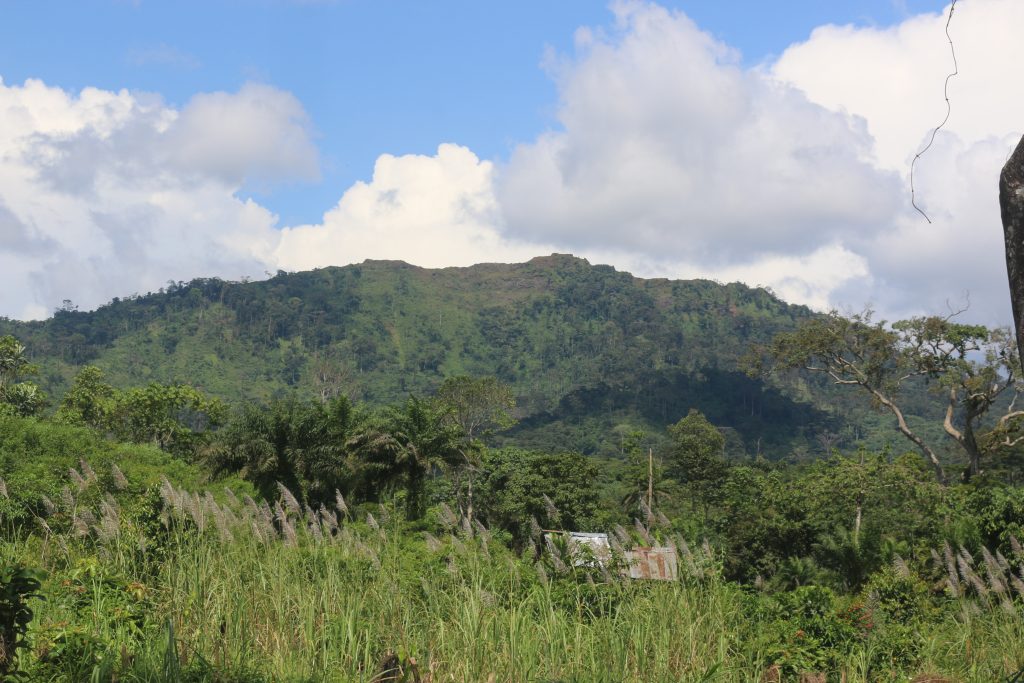
The same goes for Eddie Beangar, Nimba County’s Land Administrator. “Having both them to understand their roles and to ensure that their involvement impacts the environment positively,” says Beangar.
Back in Sehyi, Dolo and Flomo are willing to work together. Dolo promises to invite Flomo and his team to an impending meeting, hoping to pave the way for a renewed, smooth relationship. The same goes for Flomo
“[Anything] that is better for Sehyi, Sehyi Ko-doo will accept, Flomo tells The DayLight in an interview at an entrance of the mountainous forest. “Confusion will do nothing for us.”


